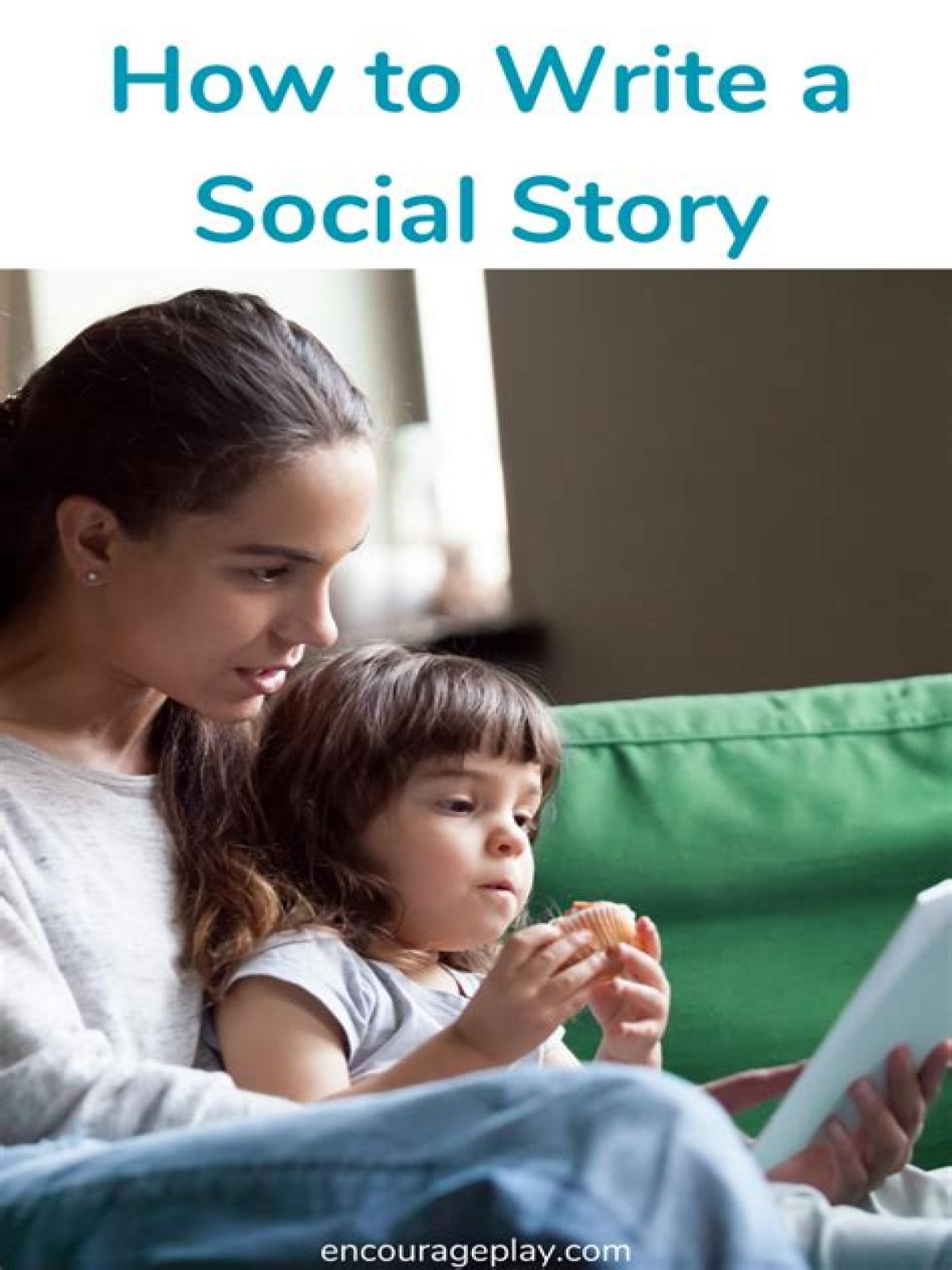How do you write a social story?
Top 5 tips for writing a Social Story™
- Check the person’s communication ability. It’s really important to know how much someone understands before you write a story for them.
- Be positive.
- Involve the person.
- Include customised and personal information.
- Support the person to read the story and practice the strategies.
What is an example of a social story?
Social stories are usually written in the first person – for example, ‘I have an area around my body’. They can also be written in the third person – for example, ‘Andy has an area around his body’.
How do you write a social story in ABA?
She recommends that social stories include descriptive sentences and directive sentences. You should write two descriptive sentences for every directive sentence that is included. Sentences that describe can be factual sentences, perspective sentences, cooperative sentences and affirmative sentences.
Are social stories only for autism?
While social stories are primarily used for children with developmental delays or autism, they are a useful tool for illustrating complex processes simply and clearly to any child.
How do you write a social story for kids?
A social story needs to have a title, introduction, body and conclusion. It should use gentle and supportive language. It should answer six questions: where, when, who, what, how and why? It should be made up of descriptive sentences, and may also have coaching sentences.
What are the three parts of a social story?
Three Parts and a Title: “A Social Story/Article has a title and introduction that clearly identifies the topic, a body that adds detail, and a conclusion that reinforces and summarizes the information.” a.
What are the components of a social story?
What are the Different Parts of a Social Story?
- Descriptive: – This part answers the wh- questions relevant to the situation.
- Perspective: – This part includes opinions, feelings, ideas related to the situation.
- Directive: – This part includes a range of responses for a particular situation.
- Affirmative:
- Co-operative:
What is a social story book?
Social stories explain social situations to autistic children and help them learn socially appropriate behaviour and responses. These stories are sometimes called social scripts, social narratives or story-based interventions. Social Story™ and Social Stories™ are trademarks originated and owned by Carol Gray.
Do social stories really work?
They are often written when a child is struggling with a behavior, such as hitting. But social stories can have benefits for all young children. They can help children understand expected behaviors, work through interpersonal issues, practice conflict resolution skills and help them understand new perspectives.
